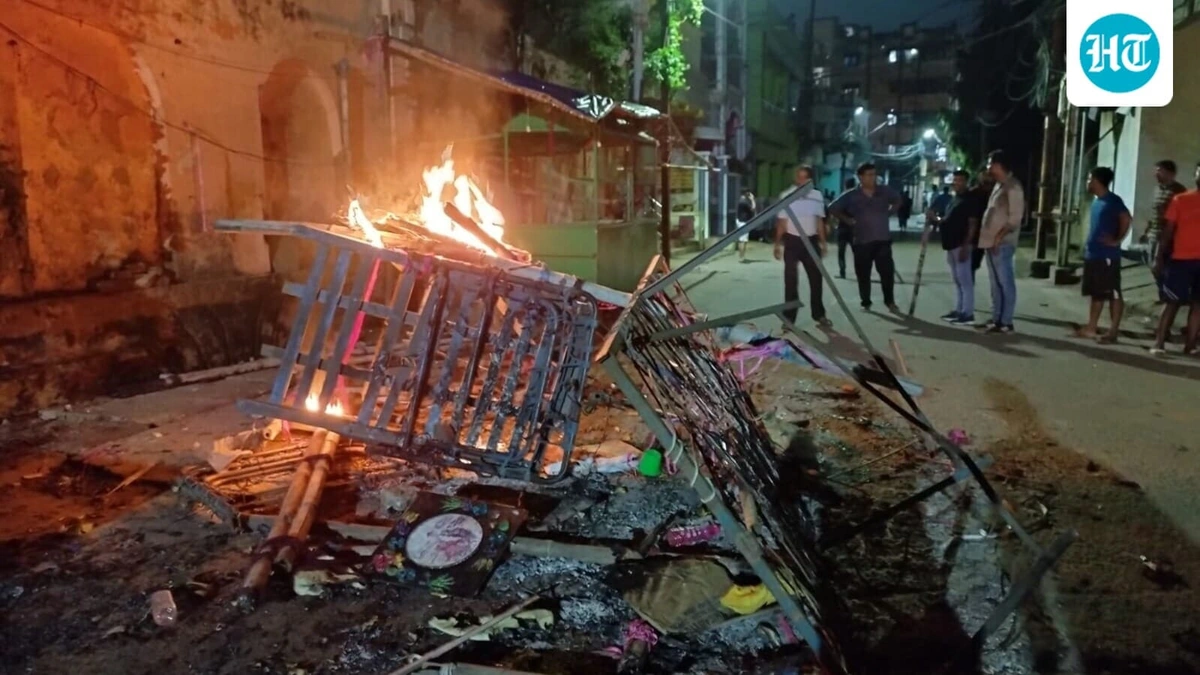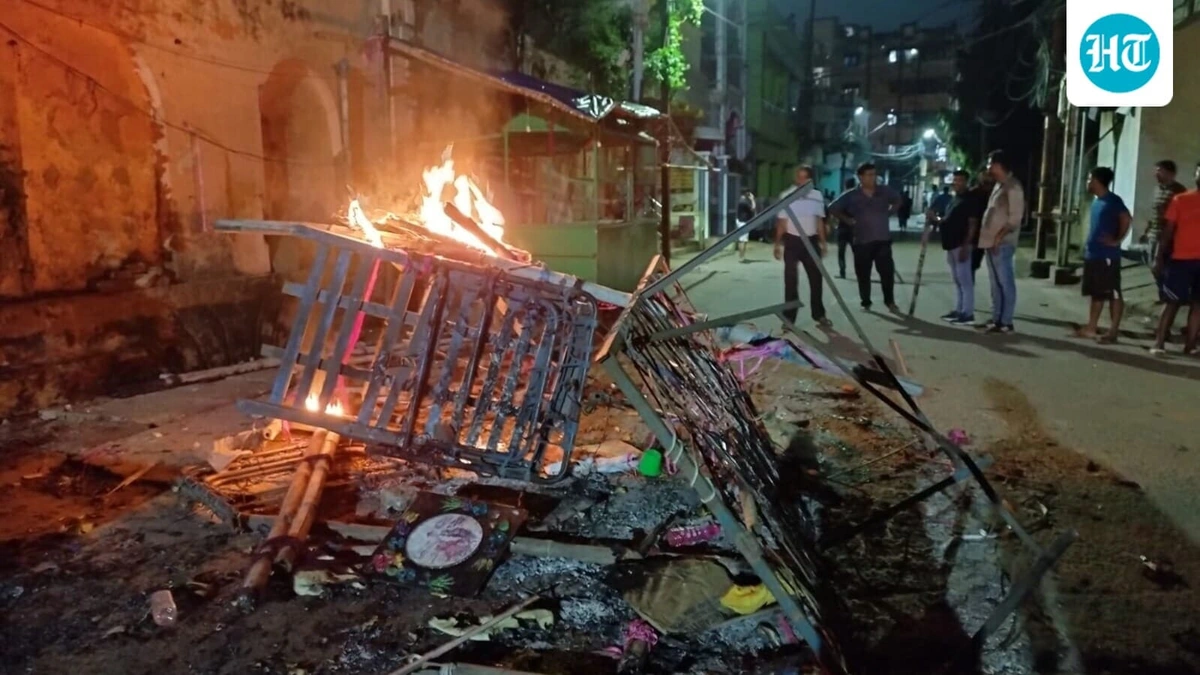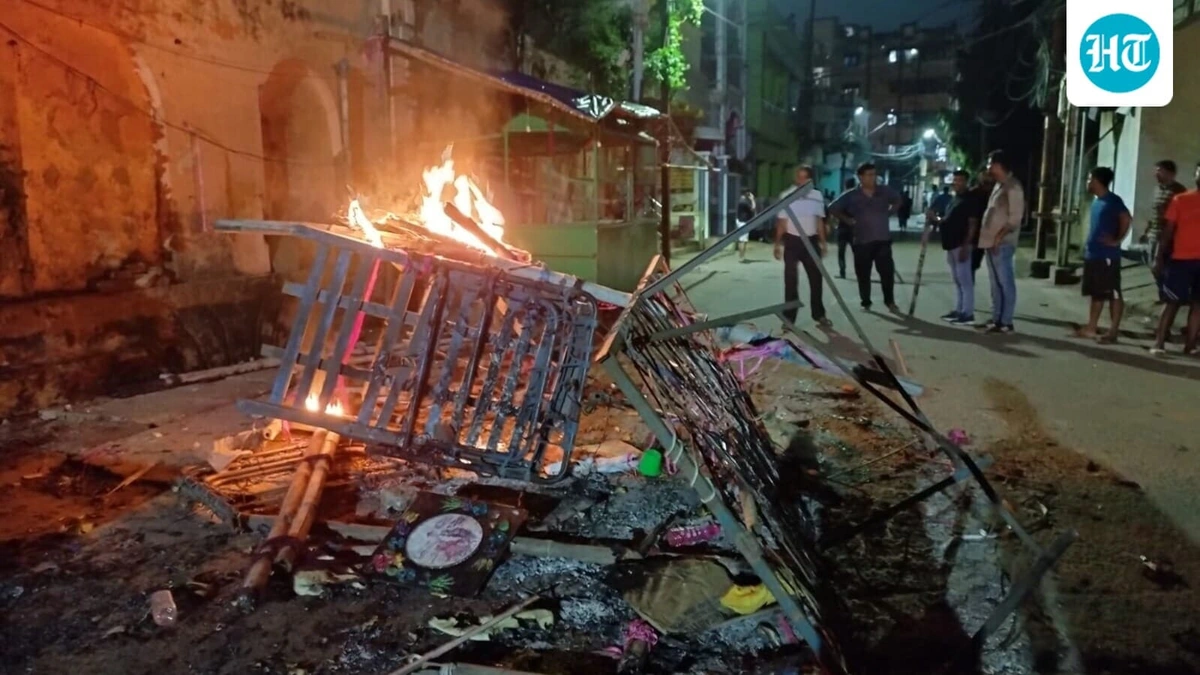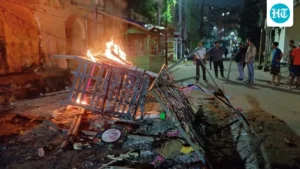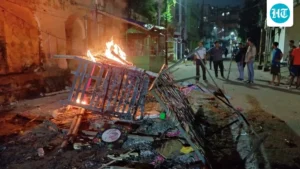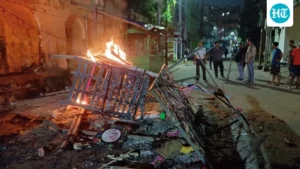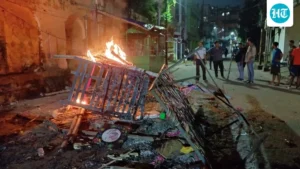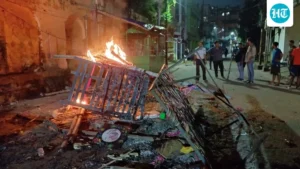Kedarnath | More Than Just a Pilgrimage – Why It Still Matters
Kedarnath. The name itself conjures images of towering, snow-capped peaks, the roar of the Mandakini river, and the unwavering faith that draws pilgrims from every corner of India. But let’s be honest – you can find beautiful pictures and basic travel guides anywhere. What I want to explore is why Kedarnath continues to hold such a powerful grip on our collective consciousness, and how its significance is evolving in the 21st century.
The Enduring Pull | Faith, Resilience, and the Majesty of the Himalayas

The obvious answer is faith, of course. For centuries, Kedarnath has been one of the most important Hindu pilgrimage sites , a key stop on the Char Dham Yatra. It’s believed to be one of the 12 Jyotirlingas, manifestations of Lord Shiva. But there’s more to it than just religious obligation. The sheer challenge of reaching the temple – the arduous trek, the unpredictable weather – becomes a testament to one’s devotion. It’s a physical and spiritual journey intertwined.
But what fascinates me is the resilience of the place and the people. Think about it – the devastating floods of 2013. The destruction was unimaginable. Yet, the temple stood defiant, and the community rallied to rebuild. That act of rebuilding, the collective will to restore Kedarnath, speaks volumes about the deeper connection people have with this place. It’s not just a temple; it’s a symbol of hope and renewal. This is why Kedarnath temple is so important.
Kedarnath’s Transformation | Balancing Spirituality and Modernity
The thing is, Kedarnath isn’t stuck in time. While the core spiritual essence remains, the infrastructure and accessibility are rapidly changing. Improved roads, helicopter services, and better accommodation options are making the pilgrimage easier for many, including the elderly and those with disabilities. But – and it’s a big but – this modernization comes with its own set of challenges.
One of the biggest concerns is sustainable tourism. More visitors mean more waste, more pressure on local resources, and a greater risk of environmental damage. It’s a delicate balancing act. How do you make Kedarnath accessible to all while preserving its fragile ecosystem and the tranquility that draws so many in the first place? I initially thought this was straightforward, but then I realized the complexities involved in preserving the region’s beauty.
According to reports onWikipedia, the local administration is implementing new eco-friendly initiatives, but the effectiveness of these measures remains to be seen. Sustainable tourism in Kedarnath is a complex issue. And as per the guidelines mentioned in the information bulletin, pilgrims should follow a few guidelines to maintain the sanctity of the place.
Planning Your Kedarnath Yatra | Practical Tips and Considerations
So, you’re thinking of embarking on a Kedarnath Yatra? Excellent! But preparation is key. A common mistake I see people make is underestimating the altitude and the physical demands of the trek. Acclimatization is crucial to avoid altitude sickness. Spend at least a day in a lower altitude location like Sonprayag or Guptkashi before starting the climb. Also, pack appropriately. Layered clothing, sturdy trekking shoes, and rain gear are essential, as the weather can change rapidly.
Let’s be honest – booking accommodation can be a nightmare, especially during peak season. Advance booking is highly recommended, and be prepared to pay a premium. The one thing you absolutely must double-check is the registration process. The Uttarakhand government has made registration mandatory for all pilgrims, so make sure you complete this step well in advance. You can register at the official Uttarakhand Tourism website. Here is another post you might enjoy.
The Future of Kedarnath | A Synthesis of Tradition and Progress
What fascinates me is how Kedarnath will navigate the future. Can it embrace progress without sacrificing its spiritual core? Can it accommodate the growing influx of pilgrims while protecting its delicate environment? The answers to these questions will determine the legacy of Kedarnath for generations to come.
The improved infrastructure aims to manage the increasing number of visitors, but it’s crucial to enforce regulations that protect the region’s beauty. Finding the balance will be key in preserving Kedarnath’s sanctity for years to come. According to the latest circular on the official Uttarakhand Tourism website, steps are being taken to manage waste and promote eco-friendly practices.
Kedarnath | Reflecting on Faith, Nature, and the Human Spirit
Kedarnath is more than just a destination. It’s an experience that touches something deep within us. It’s a reminder of our connection to nature, our capacity for faith, and our resilience in the face of adversity. Whether you’re a devout pilgrim or simply a curious traveler, Kedarnath has something to offer everyone. The majestic Himalayas, the spiritual atmosphere, and the unwavering faith of the pilgrims create an unforgettable experience. And here is another post you might enjoy.
Let me rephrase that for clarity: it’s a place that challenges you, inspires you, and leaves you with a sense of awe. And maybe, just maybe, that’s why it continues to matter so much.
FAQ About Kedarnath Yatra
What is the best time to visit Kedarnath?
The best time to visit Kedarnath is during the months of May-June and September-October. The weather is pleasant during these months, and the trekking routes are generally accessible.
How can I register for the Kedarnath Yatra?
Registration for the Kedarnath Yatra can be done online through the official Uttarakhand Tourism website. It is mandatory for all pilgrims to register before commencing their journey.
What if I forgot my application number?
If you have forgotten your application number, you can retrieve it by visiting the Uttarakhand Tourism website and using the “Forgot Registration Details” option. You will need to provide your registered mobile number or email address to retrieve your application number.
What are some essential items to pack for the Kedarnath trek?
Essential items to pack for the Kedarnath trek include warm clothing (layers), sturdy trekking shoes, rain gear, a first-aid kit, sunscreen, and insect repellent.
What are the accommodation options available in Kedarnath?
Accommodation options in Kedarnath range from budget guesthouses to more comfortable hotels. It is advisable to book accommodation in advance, especially during peak season.
How challenging is the Kedarnath trek?
The Kedarnath trek is considered to be moderately challenging, with a steep climb and high altitude. It is important to be physically fit and acclimatized to the altitude before undertaking the trek. Pilgrims should prepare for high altitude by checkingGoogle.

